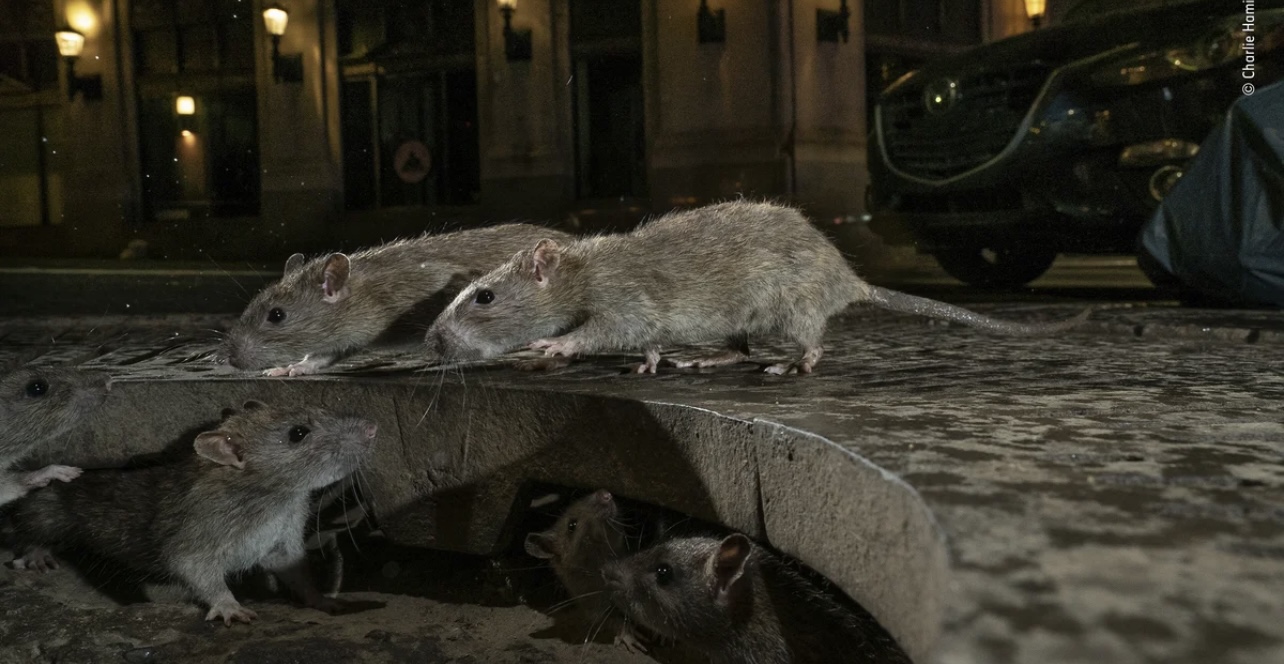Across the world’s major cities, rats are no longer just a shadowy nuisance scurrying through back alleys at night — they are becoming an increasingly visible and alarming presence. From New York and San Francisco to London, Paris, and Chennai, experts and city officials warn that rodents are thriving in unprecedented numbers. Scientists describe this surge as the product of a “perfect storm”: warmer winters, denser urban living, and waste-filled streets that provide both food and shelter for the animals.
A large multi-city study published in Science Advances recently confirmed what residents have long suspected. Rat activity is rising dramatically across dozens of urban areas, with climate change extending breeding seasons and boosting survival rates. At the same time, expanding urban populations produce mountains of food waste and new hiding places, making cities more hospitable to rodents than ever before. Researchers have also tracked how rats are spreading dangerous bacteria as they migrate between neighborhoods, underscoring the risks to public health.
The problem is not simply one of discomfort. Public-health agencies have long warned that rats can transmit a range of diseases, including leptospirosis, salmonella, and other bacterial infections, often through contact with contaminated water, droppings, or urine. Beyond the human toll, rats also inflict costly damage to infrastructure, gnawing through pipes and electrical wiring, which creates cascading repair costs for municipalities.
Local governments are scrambling to respond, but the battle is proving difficult. New York City has appointed a “rat czar,” introduced birth-control programs, and expanded sanitation measures, yet officials concede that the city’s rat population remains firmly entrenched. In Europe, London councils have reported spikes in rodent-related callouts, while Paris has resorted to intensified baiting and cleanup campaigns ahead of international events. In India, cities like Chennai have faced both rodent-borne illnesses and mounting public complaints, prompting proposals for specialized rat-control units.

Despite creative efforts, experts caution that there are no quick fixes. Fertility-control baits, mapping technologies, and rapid-response teams may help, but specialists insist that the core of any successful strategy lies in the basics: reliable waste collection, sealed bins, well-maintained sewers, and active community participation. Without sustained investment and public cooperation, they warn, rat populations will continue to grow unchecked.
What some have dubbed “Ratmageddon” is more than just an urban annoyance; it reflects how human behavior and climate pressures are reshaping the balance between people and pests. Unless cities can adapt and address the root causes — poor waste management, fragile infrastructure, and warming conditions — rats are likely to remain a permanent and troubling fixture of urban life.



